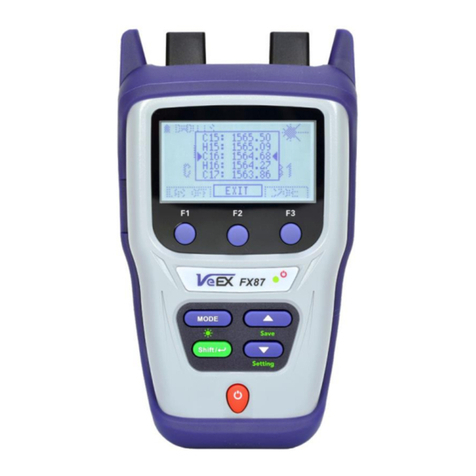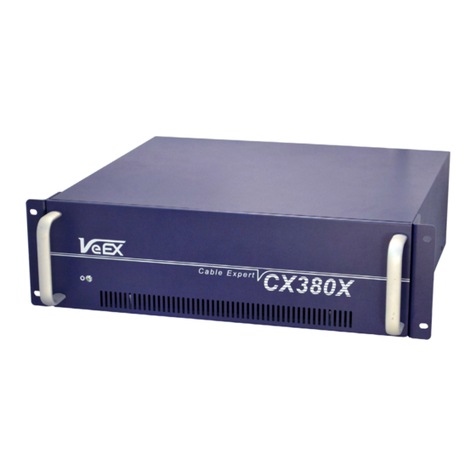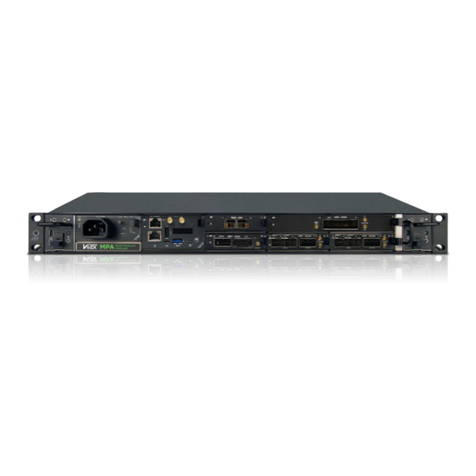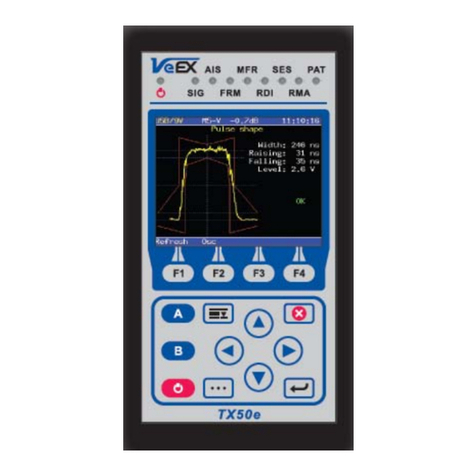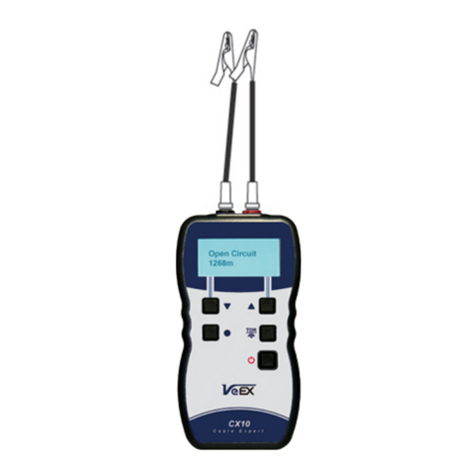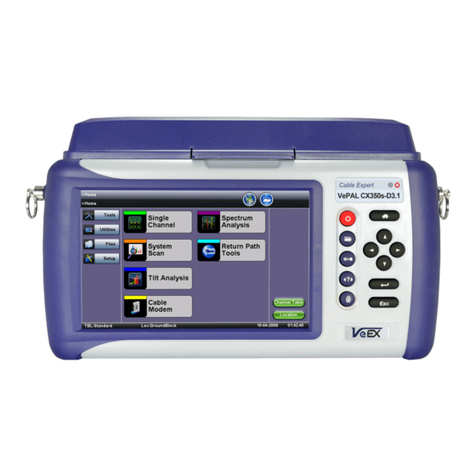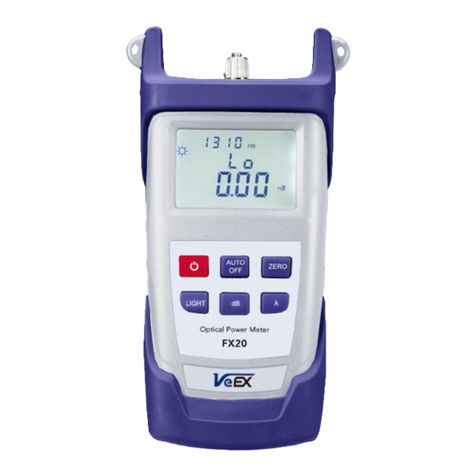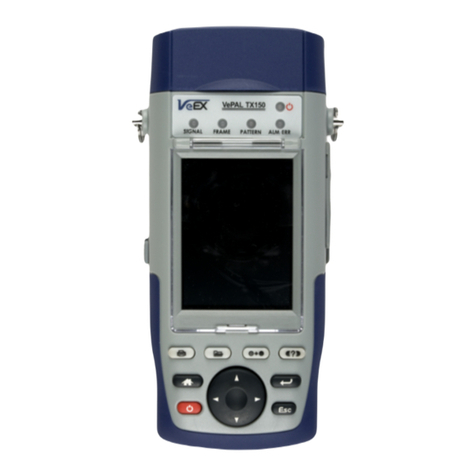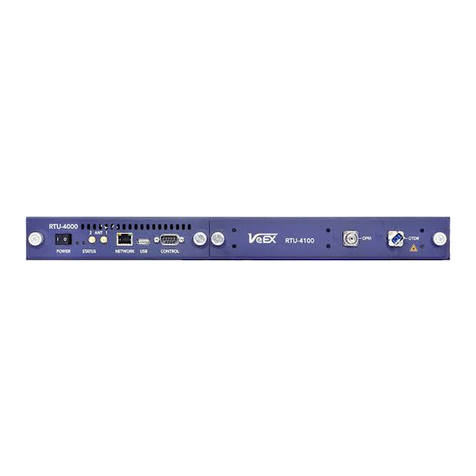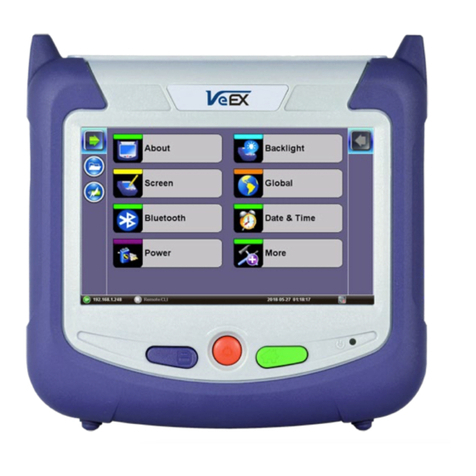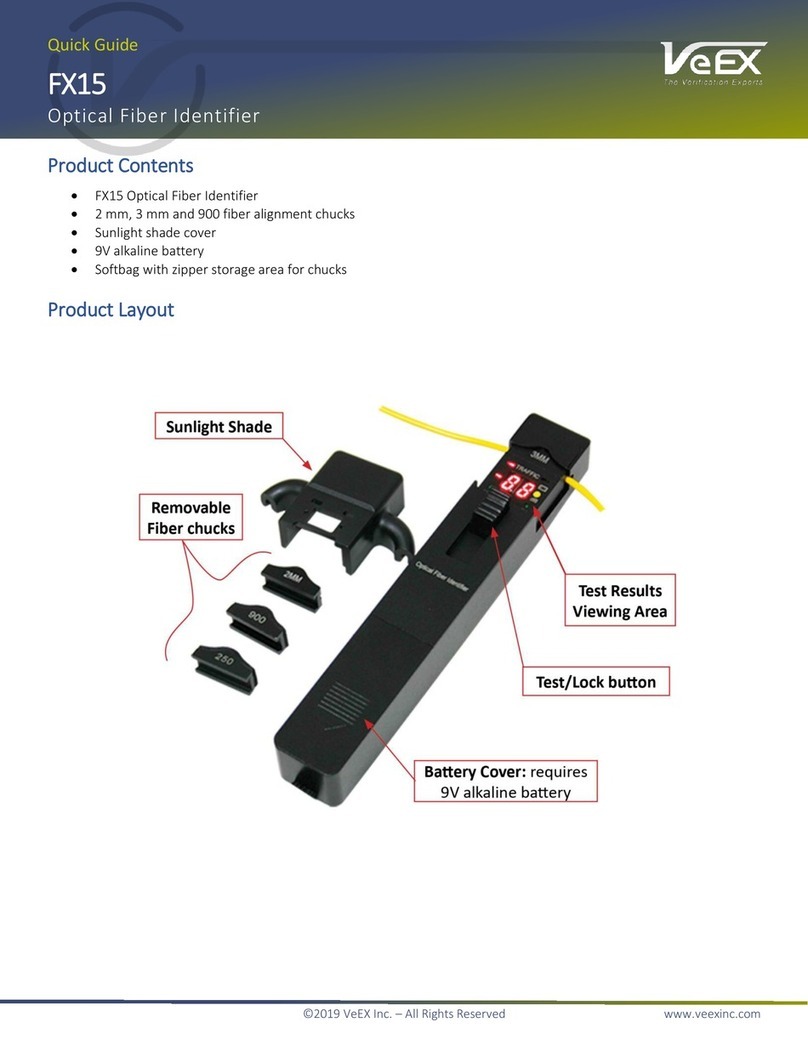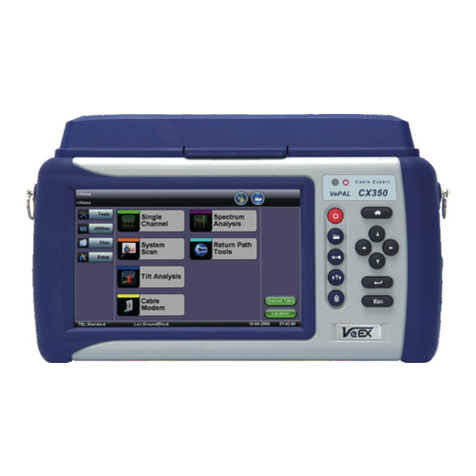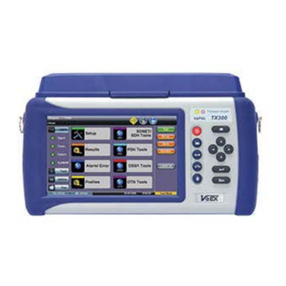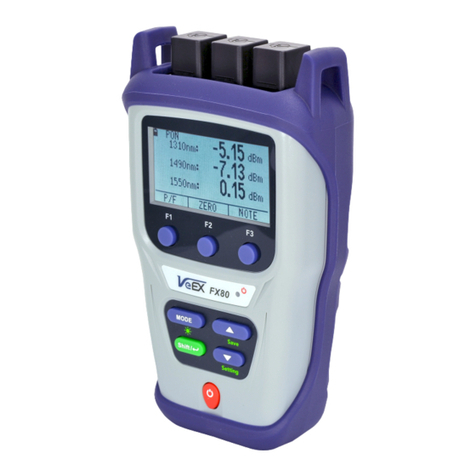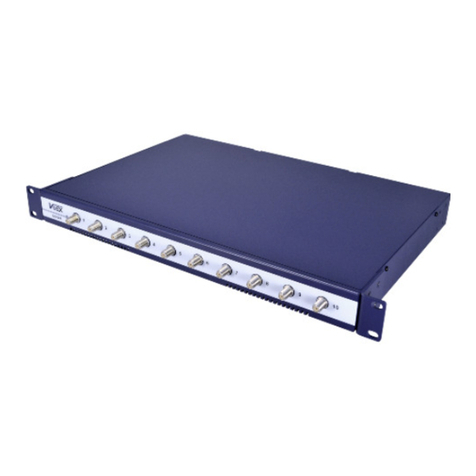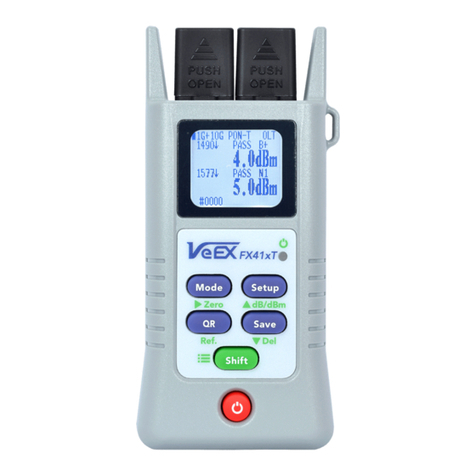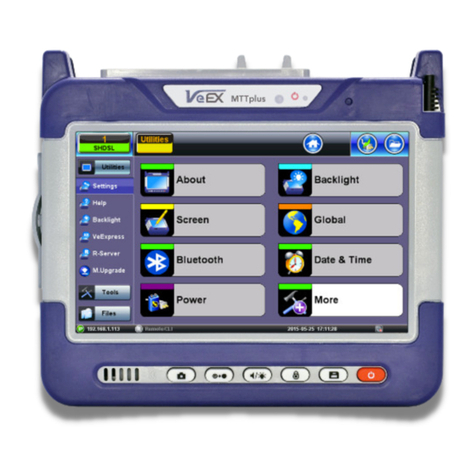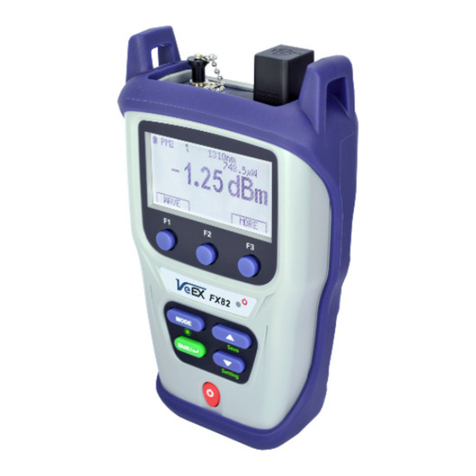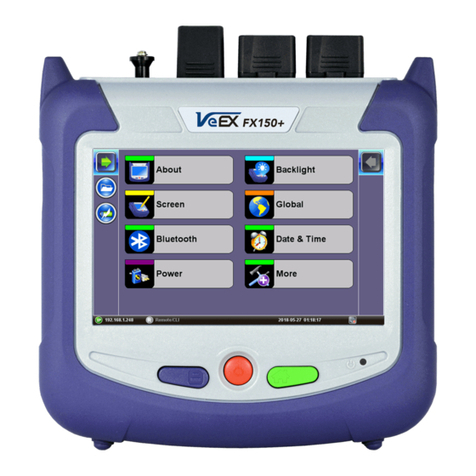
1.0 About This Guide
This user manual is suitable for novice, intermediate, and experienced users, and is intended to help you successfully use the
features and capabilities of the TX130M+. It is assumed the user has basic computer experience and skills, and is generally
familiar with Cable TV and telecommunication concepts, terminology, and safety.
For more technical resources, visit VeEX Inc website at www.veexinc.com.
Every effort was made to ensure that the information contained in this user manual is accurate. Information is subject to change
without notice and we accept no responsibility for any errors or omissions. In case of discrepancy, the web version takes
precedence over any printed literature.
This device uses software either developed by VeEX Inc or licensed by VeEX Inc from third parties. The software is confidential
and proprietary of VeEX Inc. The software is protected by copyright and contains trade secrets of VeEX Inc or VeEX's licensors.
The purchaser of this device agrees that it has received a license solely to use the software as embedded in the device, and the
purchaser is prohibited from copying, reverse engineering, decompiling, or disassembling the software.
(c) Copyright 2006-2013 VeEX Inc. All rights reserved. VeEX, VePAL are registered trademarks of VeEX Inc and/or its affiliates in
the USA and certain other countries. All trademarks or registered trademarks are the property of their respective companies. No
part of this document may be reproduced or transmitted electronically or otherwise without written permission from VeEX Inc.
If you need assistance or have questions related to the use of this product, call or e-mail our Customer Care department for
customer support. Before contacting our Customer Care department, you must have your product serial number ready. Please go
to Basic Operations section for details on locating your unit serial number in the menus or locate the serial number on the back
of the chassis.
Customer Care:
Phone: + 1 510 651 0500
Website: www.veexinc.com
Go back to ToC
TX130M+_e-manual_D07-00-051P_RevD00












